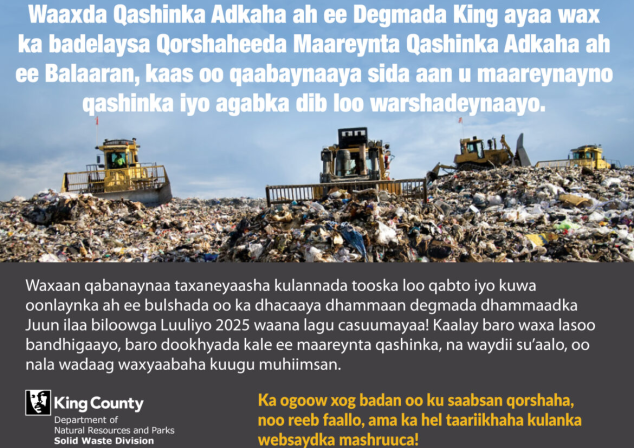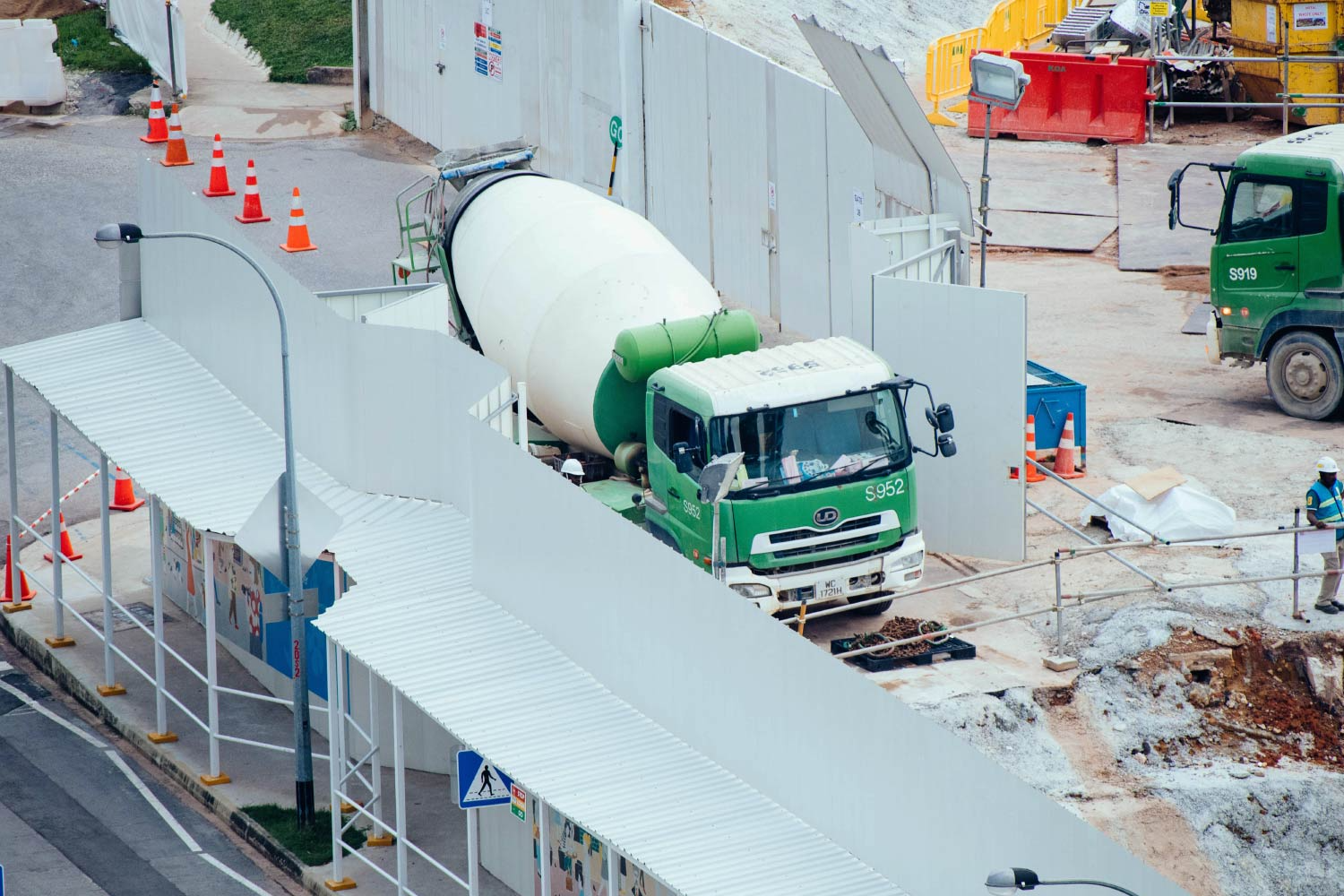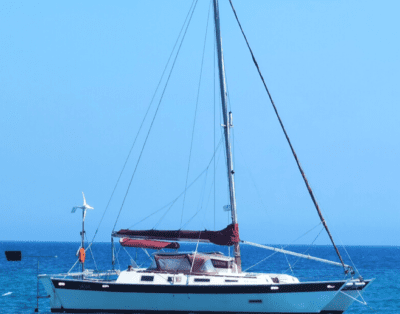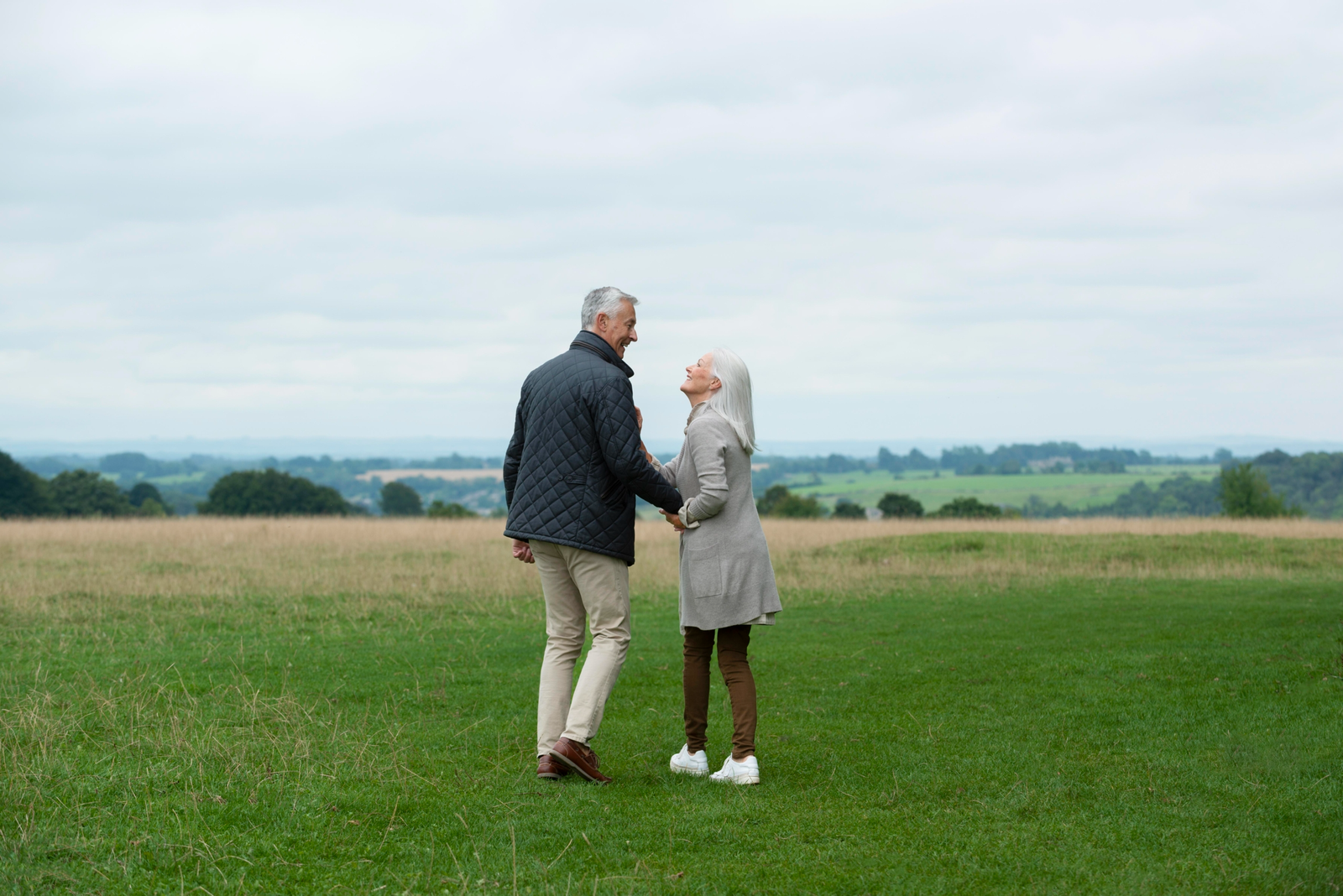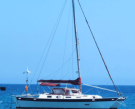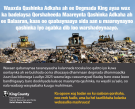In today’s fast-paced digital media environment, the representation of underreported communities has become both a necessity and a responsibility. As global awareness rises, so does the appetite for authentic, community-focused storytelling. Among the growing platforms striving to fill this gap, Ethiopian, Eritrean, and Oromo News coverage stands as a powerful force, resonating deeply with both diaspora audiences and those seeking a deeper understanding of the Horn of Africa. When viewed through the broader cultural spectrum of a Muslim & Middle Eastern Magazine, this coverage becomes not only informative but transformative—bridging cultures and sparking meaningful conversations across continents.
The Importance of Regional News Coverage
Often, mainstream media offers only a surface-level glance at East African narratives. This limited scope fails to capture the complexities, achievements, and cultural richness of communities such as Ethiopians, Eritreans, and Oromos. Authentic Ethiopian, Eritrean, and Oromo News platforms provide invaluable insights that go beyond headlines. They offer historical context, socio-political analysis, and community-driven voices that are usually overlooked in global discourse.
This kind of journalism empowers local communities and diaspora groups alike. It fosters identity, unity, and activism, while informing the global audience about nuanced issues—from human rights and migration to cultural celebrations and economic development.
Muslim Identity in East Africa
The significance of East Africa, particularly Ethiopia and Eritrea, in the Muslim & Middle Eastern Magazine narrative cannot be overstated. Islam has a long-standing historical presence in these regions. Ethiopia, for instance, was the first haven for early Muslims fleeing persecution in Mecca—an event etched deeply into Islamic history. Similarly, Eritrea and the Oromo region of Ethiopia host diverse Muslim communities that have shaped the region’s cultural, religious, and political landscapes.
By incorporating Ethiopian, Eritrean, and Oromo News into a Muslim & Middle Eastern Magazine platform, we are reminded that Islamic history is not confined to the Middle East alone—it is global, multifaceted, and deeply embedded in African history.
The Role of Community-Focused Media
Independent media platforms that focus on East African communities play an essential role in preserving and promoting cultural identity. Whether it’s highlighting Oromo protests, Eritrean cultural festivals, or the everyday challenges of the Ethiopian diaspora, these stories deserve to be told with nuance and care. When platforms combine this regional coverage with a broader Muslim cultural framework, the resulting narratives are holistic and enlightening.
This is where Runta News has emerged as a valuable voice. With its focus on authentic storytelling and minority representation, it has helped elevate Ethiopian, Eritrean, and Oromo News within global conversations. Platforms like Runta News offer a vital bridge between East African experiences and the global Muslim community.
Building Bridges Through Shared Experiences
The inclusion of East African voices in a Muslim & Middle Eastern Magazine setting does more than just inform—it fosters connection. Many communities in the Middle East and East Africa share not only a common faith but also histories of migration, colonialism, and resistance. This shared heritage forms the foundation for powerful storytelling that cuts across borders and deepens empathy.
Through community features, interviews, and editorials, readers gain a deeper appreciation of how culture, religion, and politics intersect in these regions. Whether it’s exploring the resilience of Oromo youth activists or the role of Eritrean women in preserving oral traditions, these stories are essential to a richer understanding of our global Muslim identity.
The Power of Representation
Representation matters—not just in politics or entertainment, but in journalism as well. For communities often misrepresented or ignored in Western media, having dedicated platforms that accurately reflect their realities is both empowering and validating. By centering Ethiopian, Eritrean, and Oromo News within a Muslim & Middle Eastern Magazine framework, media creators ensure that these voices are not only heard but also celebrated.
This representation helps to counter harmful stereotypes, inspire the next generation of journalists, and build solidarity among minority communities globally. It also invites the world to appreciate the diversity and richness of Muslim communities beyond the conventional Middle Eastern narrative.
Conclusion: A Media Movement Rooted in Truth
In an era where media consumption is global and audiences are more discerning than ever, the demand for truthful, inclusive storytelling continues to rise. Integrating Ethiopian, Eritrean, and Oromo News into platforms like a Muslim & Middle Eastern Magazine is not merely about inclusion—it’s about justice, visibility, and cultural pride.
Businesses like Runta News are helping reshape the media landscape by prioritizing authenticity over sensationalism, and community over clickbait. Their work reminds us that every culture has a story worth telling—and that true journalism honors those stories with integrity and respect.
By elevating these narratives, we not only expand our understanding of the world but also recognize the interwoven threads that bind us all—regardless of geography, faith, or language.

